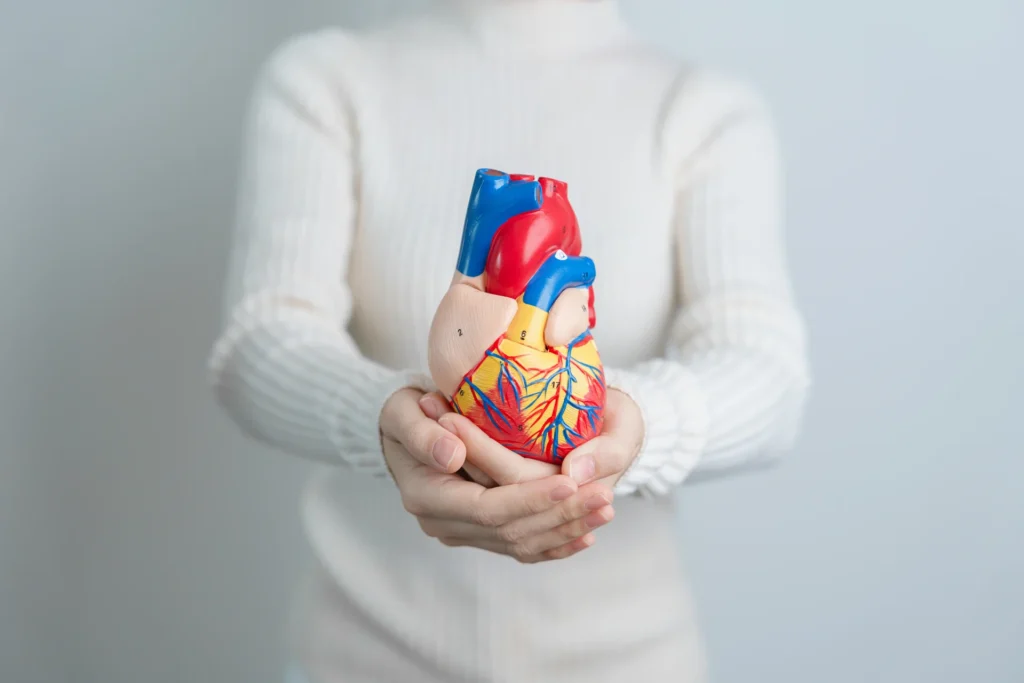Onderzoekers van het LUMC in Leiden gaan bestuderen hoe het hart zelf hartritmestoornissen kan herkennen en stoppen. Daarvoor is een Europese ERC Starting Grant van 1,5 miljoen euro beschikbaar.Biologisch regelsysteemHartspiercellen reageren op een elektrische prikkel die zich over het gehele hart voortbeweegt. Hapert die prikkel dan trekken de cellen zich snel en ongecontroleerd samen. In het ergste geval kan het hart gaan fibrilleren en geen bloed meer rondpompen. Er ontstaat dan een levensbedreigende situatie.Het hart ontbeert volgens de onderzoekers “een robuust regelsysteem om een hartritmestoornis te corrigeren”. Het specialistenteam wil nu een biologisch regelsysteem ontwikkelen en inbouwen in het hart. Men wil dit doen door een eiwit te maken dat onregelmatige hartslag opmerkt en de hartslag door een elektrisch stroompje weer terugbrengt tot een normaal hartritme.Wanneer het ontwikkelen van een hart dat zichzelf defibrilleert lukt, zal dit een doorbraak in de behandeling van hartritmestoornissen betekenen, aldus de onderzoekers.Lees meer Bron: LUMC



